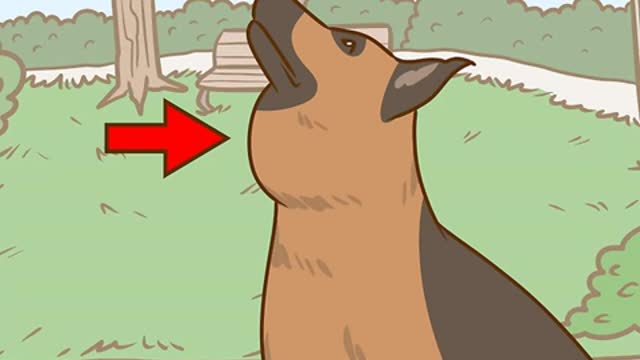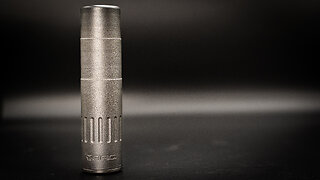Premium Only Content

How to treat salivary mucocele of your dog❓❓❓❓❓❓❓
A salivary mucocele (or sialocele) is an accumulation of saliva in the submucosal or subcutaneous tissues after damage to the salivary duct or gland capsule. This is the most common salivary gland disorder of dogs. Although any of the salivary glands may be affected, the ducts of the sublingual and mandibular glands are involved most commonly. Saliva often collects in the intermandibular or cranial cervical area (cervical mucocele). It can also collect in the sublingual tissues on the floor of the mouth (sublingual mucocele or ranula). A less common site is in the pharyngeal wall (pharyngeal mucocele) or lower eyelid (zygomatic mucocele).
The cause may be traumatic or inflammatory blockage or rupture of the duct or capsule (with damage of parenchyma) of the sublingual, mandibular, parotid, or zygomatic salivary gland. Usually, the exact cause is not determined, but a developmental predisposition in dogs has been suggested.
Signs depend on the site of saliva accumulation. In the acute phase of saliva accumulation, the inflammatory response results in the area being swollen and painful. Frequently, this stage is not seen by the owner, and the first noticed sign may be a nonpainful, slowly enlarging, fluctuant mass, frequently in the cervical region. A ranula may not be seen until it is traumatized and bleeds. A pharyngeal mucocele can obstruct the airways and result in moderate to severe respiratory distress. A zygomatic mucocele may result in exophthalmos or enophthalmos, depending on its size and location.
A mucocele is detectable as a soft, fluctuant, painless mass that must be differentiated from abscesses, tumors, and other retention cysts of the neck. Pain or fever may be present if the mucocele becomes infected. A salivary mucocele usually can be diagnosed by palpation and aspiration of light brown or blood-tinged, viscous saliva. Usually, careful palpation with the animal in dorsal recumbency can determine the affected side; if not, sialography may be helpful.
Surgery is recommended to remove the damaged salivary gland and duct. Periodic drainage if surgery is not an option is usually only a temporary measure and has the potential for iatrogenic infection. Marsupialization is often ineffective. Gland-duct removal has been recommended for curative treatment of salivary mucoceles.
-
 DVR
DVR
Bannons War Room
1 year agoWarRoom Live
101M -
 5:42:36
5:42:36
FreshandFit
13 hours agoLive X Censorship For Opposing Immigration?!
131K83 -
 1:08:16
1:08:16
Tactical Advisor
9 hours agoNEW Budget Glocks | Vault Room Live Stream 011
54.3K4 -
 16:30
16:30
SNEAKO
16 hours agoNO FRIENDS IN THE INDUSTRY.
103K27 -
 6:19
6:19
BlackDiamondGunsandGear
1 day agoHow Fat Guys can Appendix Carry
71.3K10 -
 6:58
6:58
Gun Owners Of America
1 day ago2024 Was Huge For Gun Rights, Here's Our Top 10 Wins!
59K4 -
 15:50
15:50
Degenerate Jay
1 day ago $2.26 earnedJames Bond Is Being Ruined By Amazon? Make Him A Black Gay Woman?
44.2K11 -
 15:18
15:18
DeVory Darkins
1 day ago $18.74 earnedTrump Drops NIGHTMARE Warning on Joe Biden
59.1K102 -
 36:13
36:13
The Why Files
1 month agoAlien Implants Vol. 1: Devil’s Den UFO Encounter: What Was Found Inside Terry Lovelace?
82.9K40 -
 9:03
9:03
Alabama Arsenal
1 day ago $0.81 earnedAAC HUB 2K | Modern Features, Iconic Classic Looks
20.3K1